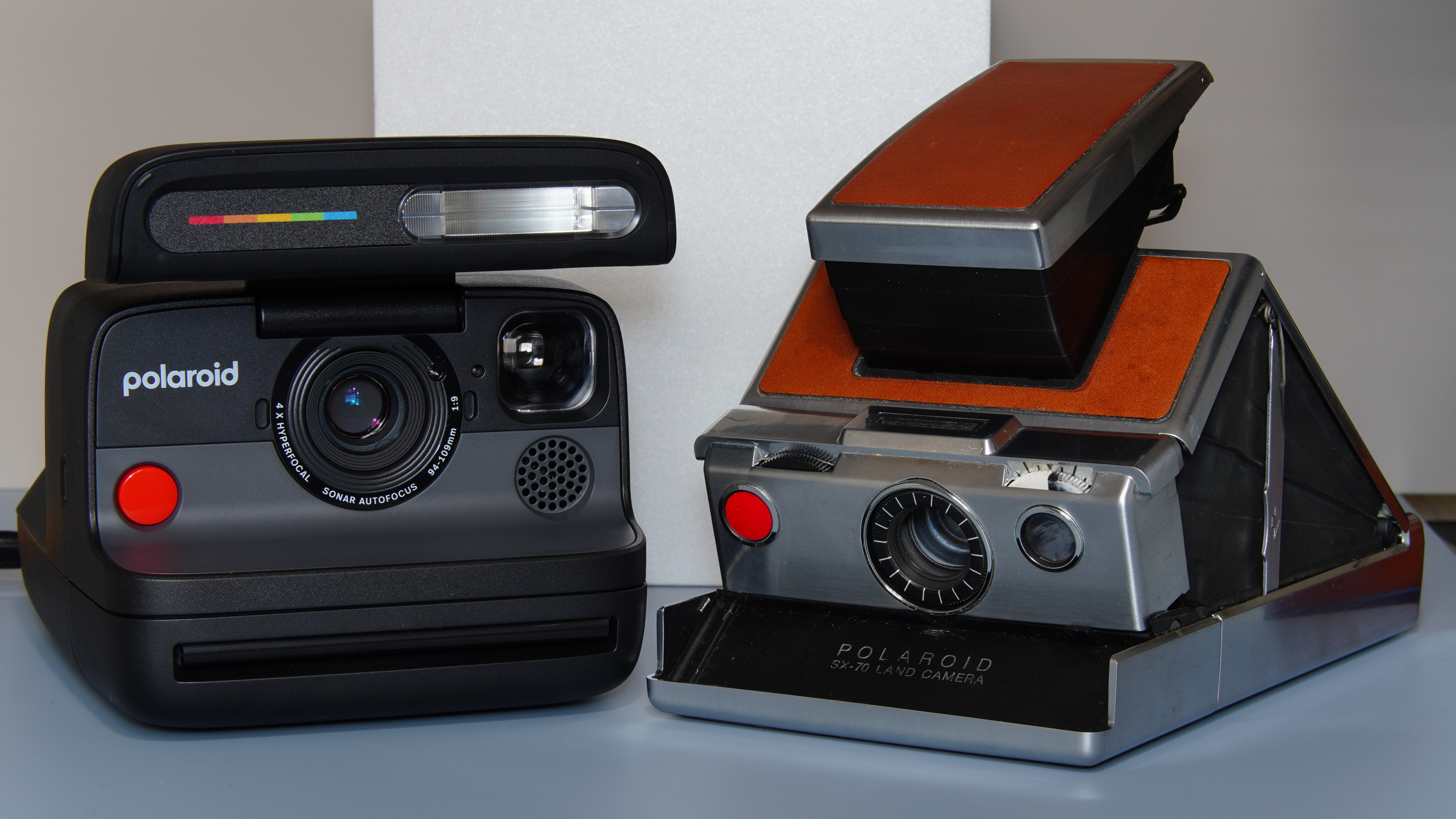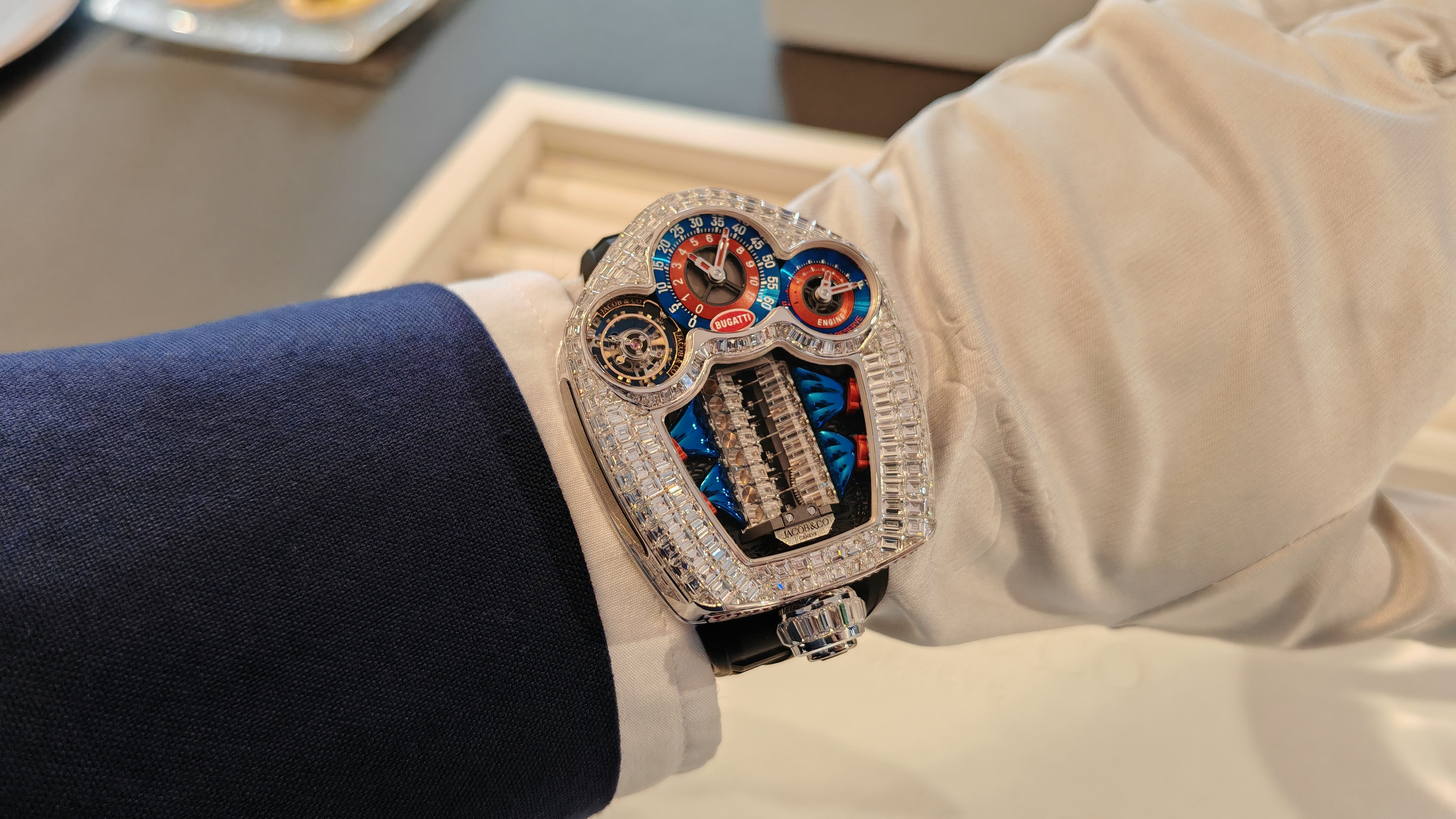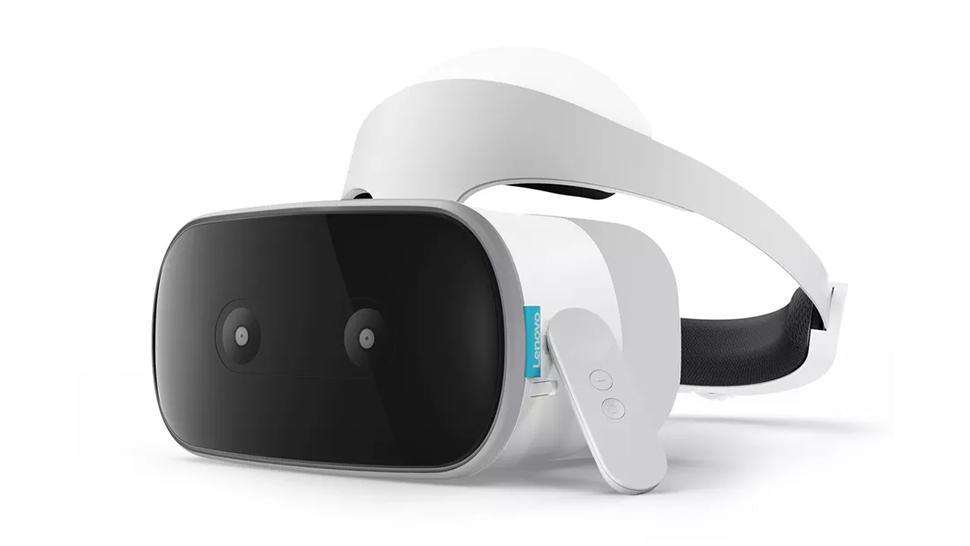

We're now all familiar with VR headsets that you slot a smartphone into, but we're about to be hit by a wave of kit where the smartphone components come built into the device itself, so you can keep your phone in your pocket. The first out of the blocks for 2018 is the Lenovo Mirage Solo, unveiled in partnership with Google at CES 2018.
With a Snapdragon 835 chipset, 4GB of RAM and 64GB of storage on board, as well as a 2560 x 1440 pixel display inside across both eyes, it sounds a lot like a typical 2017 flagship phone. Lenovo is also promising seven hours of battery out of the Mirage Solo, but we'll have to wait and see if that holds up in the real world.
The headset supports Google's Daydream VR platform, but adds 6-degrees-of-freedom tech to the mix (the Daydream View only supports 3DOF). What that means is that the headset uses its own cameras and sensors, rather than ones mounted on the wall, to track your every movement in every direction.
In other words, whereas the Daydream View can tell when you move your head to the left and right, the Mirage Solo understands when you're crouching, jumping, and moving forwards and backwards too. Like the Daydream View, you get a simple little motion controller to hold and point with as well.
Of course, with its mobile-level performance, headsets like this can't compete with the graphics quality of the likes of the Oculus Rift and the HTC Vive. On the flip side, it doesn't need to be plugged into a high-end gaming PC – everything you need for instant VR is included in one package.
It's such a good idea in fact that the big names in VR are bringing out similar headsets of their own in the near future, in the form of the Oculus Go and the HTC Vive Focus.
Back to the newly outed Mirage Solo from Lenovo, and we've been given a price estimate of under $400 (roughly £295) for when the device goes on sale sometime in the spring. There's now plenty of decent content and apps on Google's Daydream platform, and if you're looking for a relatively inexpensive and simple way into VR, this could be it.
Sign up to the T3 newsletter for smarter living straight to your inbox
Get all the latest news, reviews, deals and buying guides on gorgeous tech, home and active products from the T3 experts
At the same time, Lenovo and Google also showed off the Mirage Camera, a dinky VR camera with two 13MP lenses that's able to shoot 180-degree videos... videos that you can then explore inside the Mirage Solo.
Dave has over 20 years' experience in the tech journalism industry, covering hardware and software across mobile, computing, smart home, home entertainment, wearables, gaming and the web – you can find his writing online, in print, and even in the occasional scientific paper, across major tech titles like T3, TechRadar, Gizmodo and Wired. Outside of work, he enjoys long walks in the countryside, skiing down mountains, watching football matches (as long as his team is winning) and keeping up with the latest movies.
-
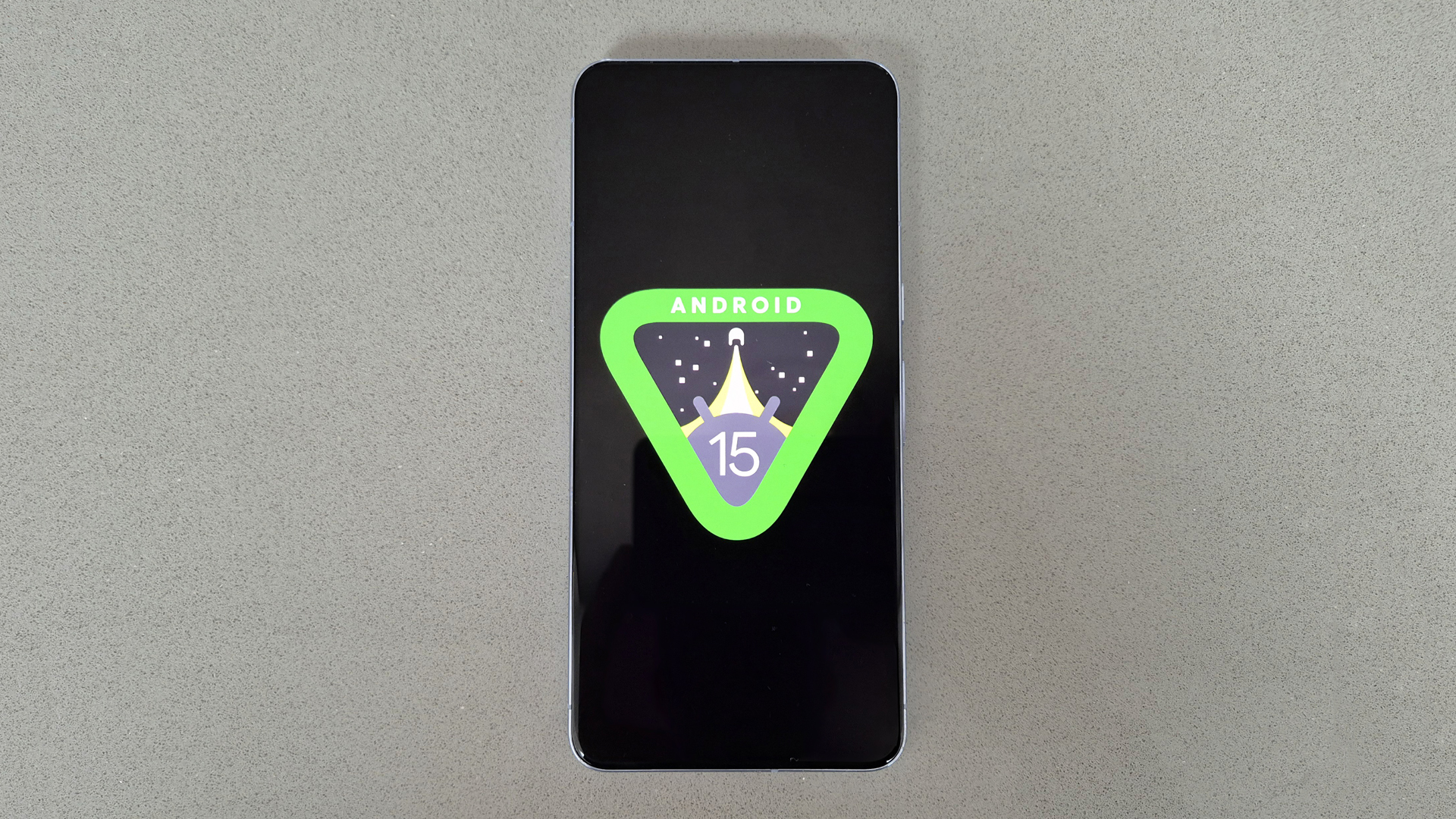 Google delivers bad news for budget Android phones
Google delivers bad news for budget Android phonesCheaper Android phones might need to change to meet new Google rules
By Chris Hall
-
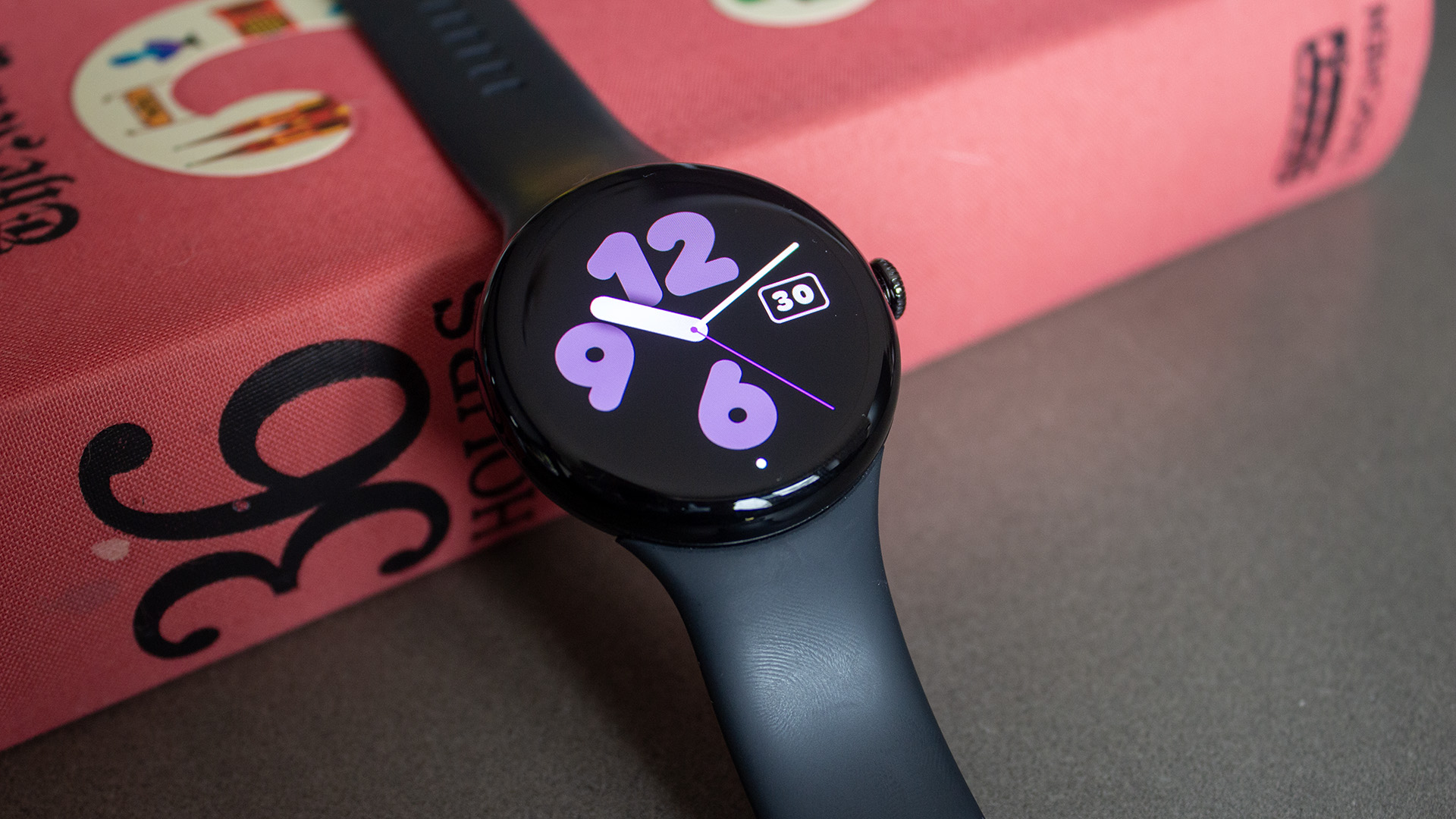 Google Pixel Watch 4 renders show a welcome design change
Google Pixel Watch 4 renders show a welcome design changeAnd one we're less thrilled about
By Britta O'Boyle
-
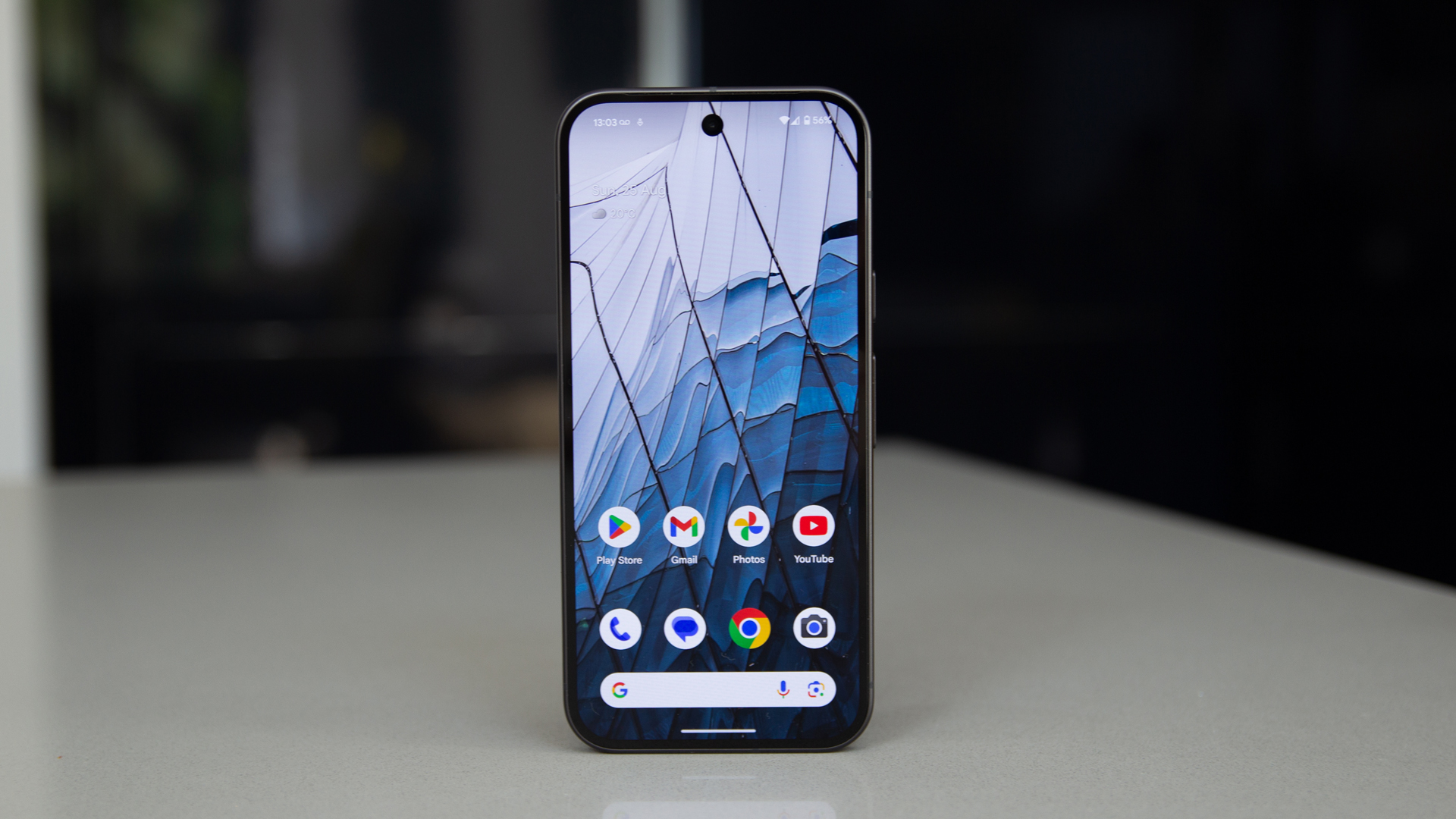 New Google Messages feature will make millions very happy
New Google Messages feature will make millions very happyIt's going to end a serious messaging blight
By Sam Cross
-
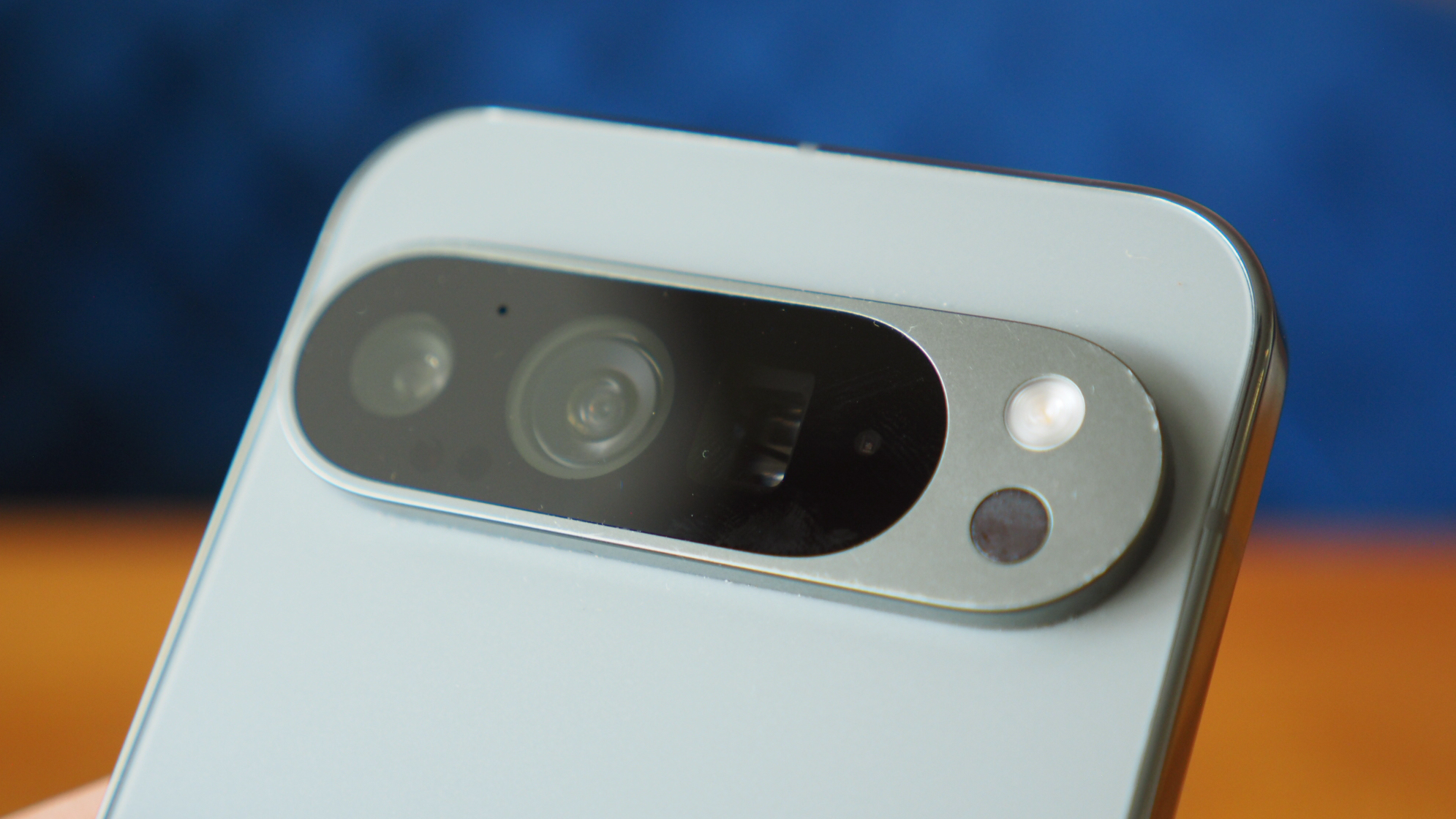 In an age of exciting upgrades, Google could downgrade the Pixel 10 instead
In an age of exciting upgrades, Google could downgrade the Pixel 10 insteadThere’s a change coming to the Pixel cameras and it could cause a stir
By Chris Hall
-
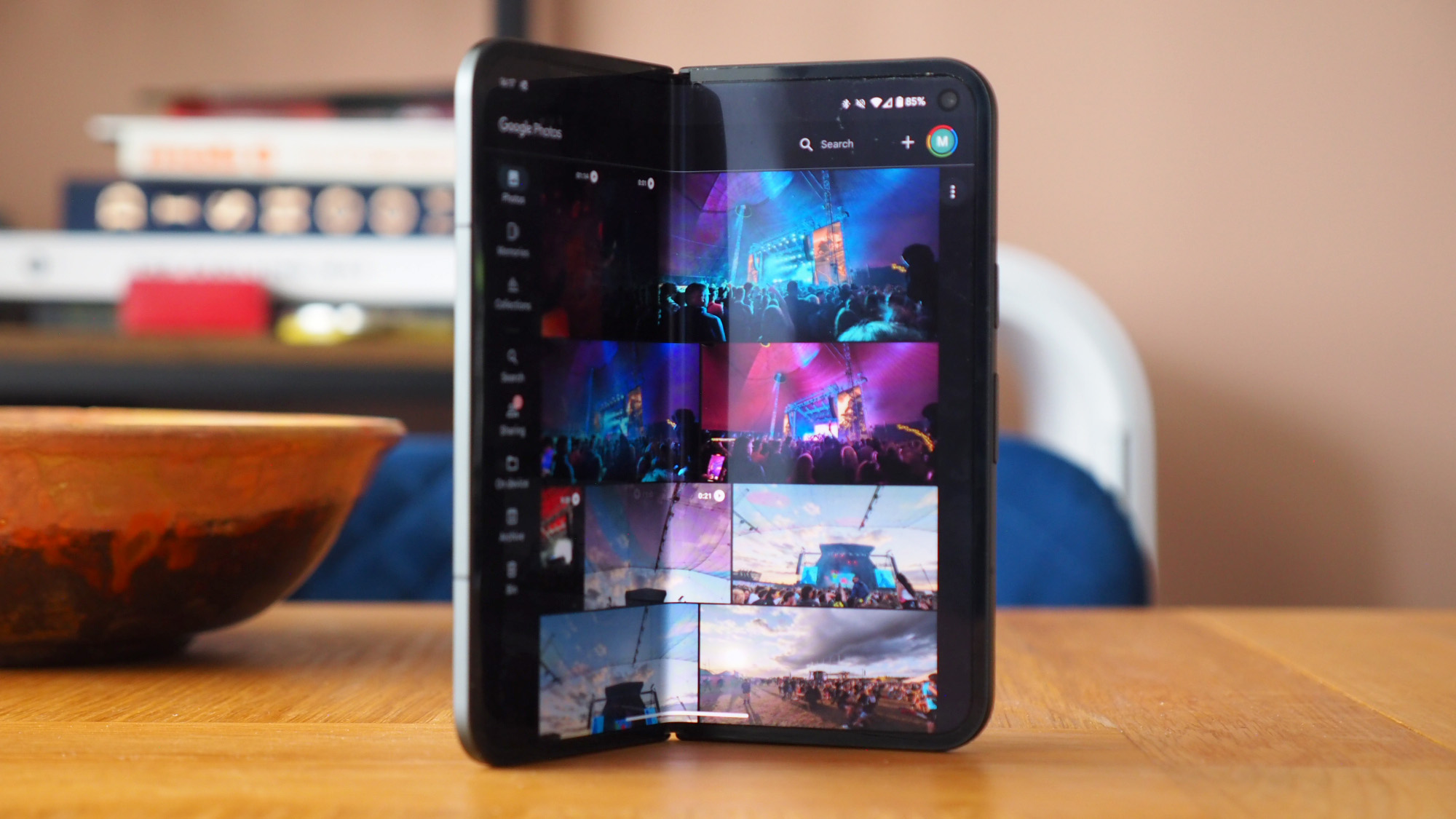 Google Pixel 10 Pro Fold renders show an early contender for foldable of the year
Google Pixel 10 Pro Fold renders show an early contender for foldable of the yearEven though it might not be the slimmest, it could be the sexiest
By Britta O'Boyle
-
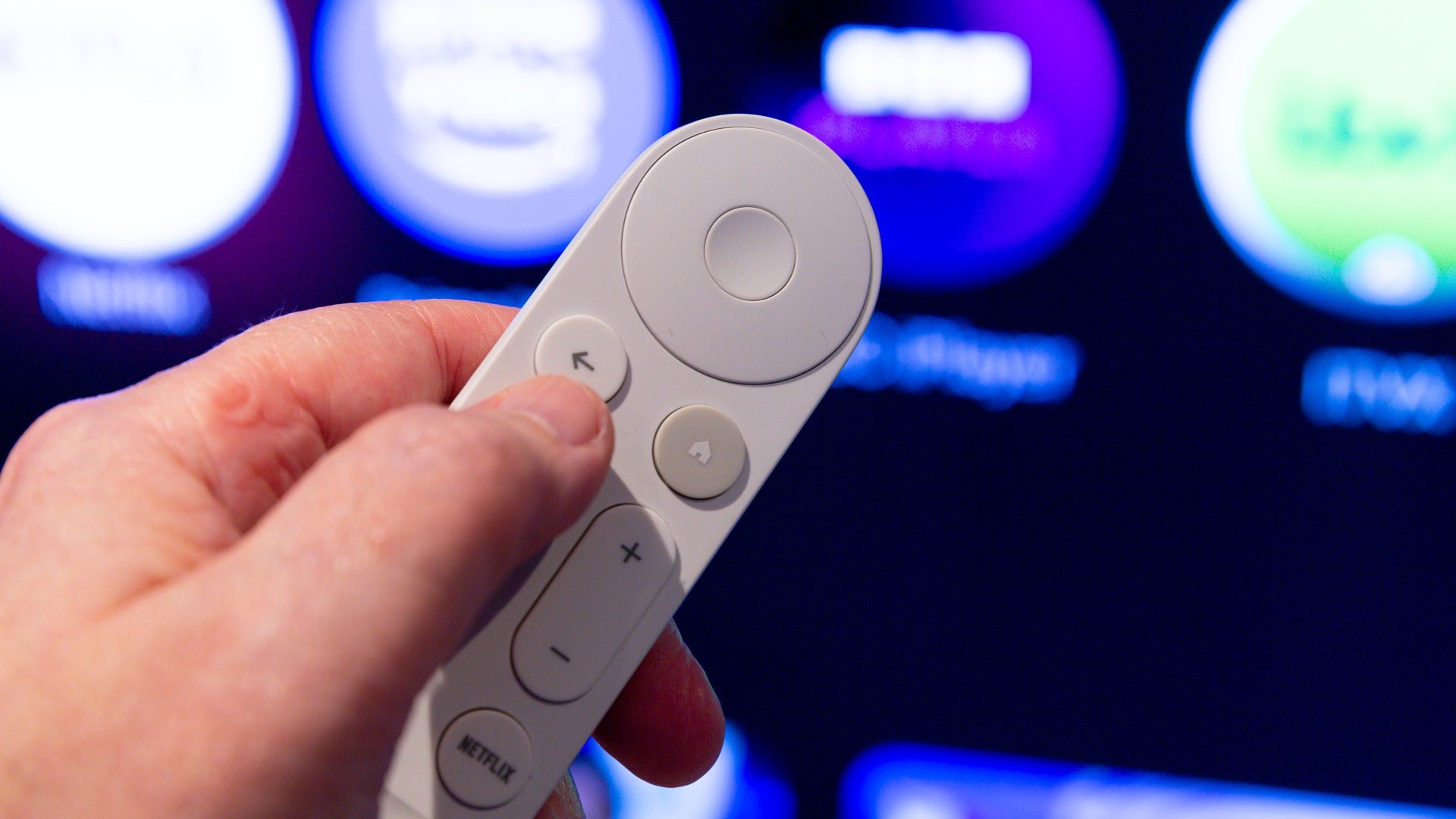 Google TV set for a shake up that might have you feeling blue
Google TV set for a shake up that might have you feeling blueA redesign is reportedly coming to Google TV, with a new colour scheme and features
By Rik Henderson
-
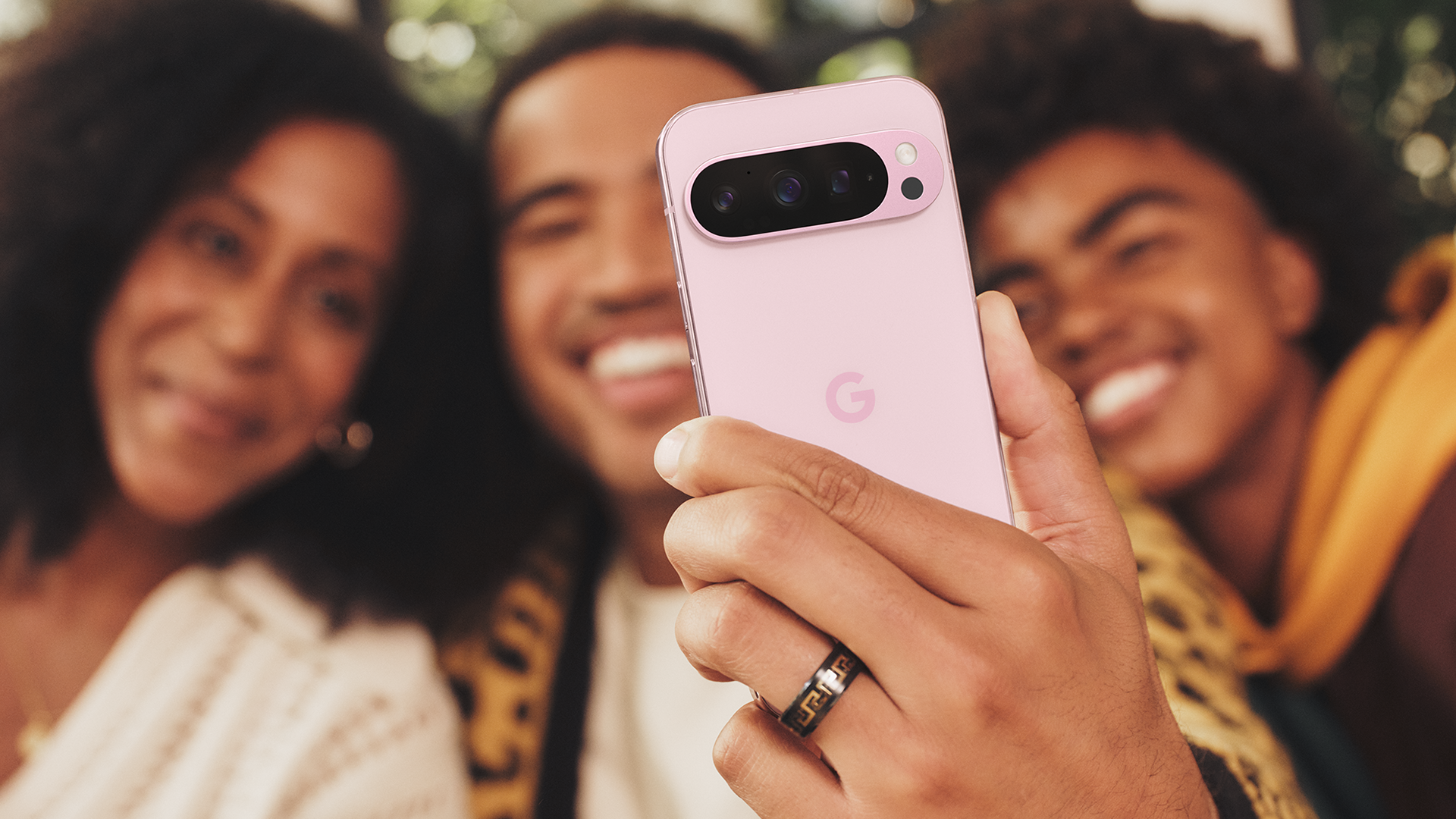 Android 16 to come with a significant security upgrade for Pixel phones
Android 16 to come with a significant security upgrade for Pixel phonesIt’s going to be easier to unlock your Pixel phone in the future
By Chris Hall
-
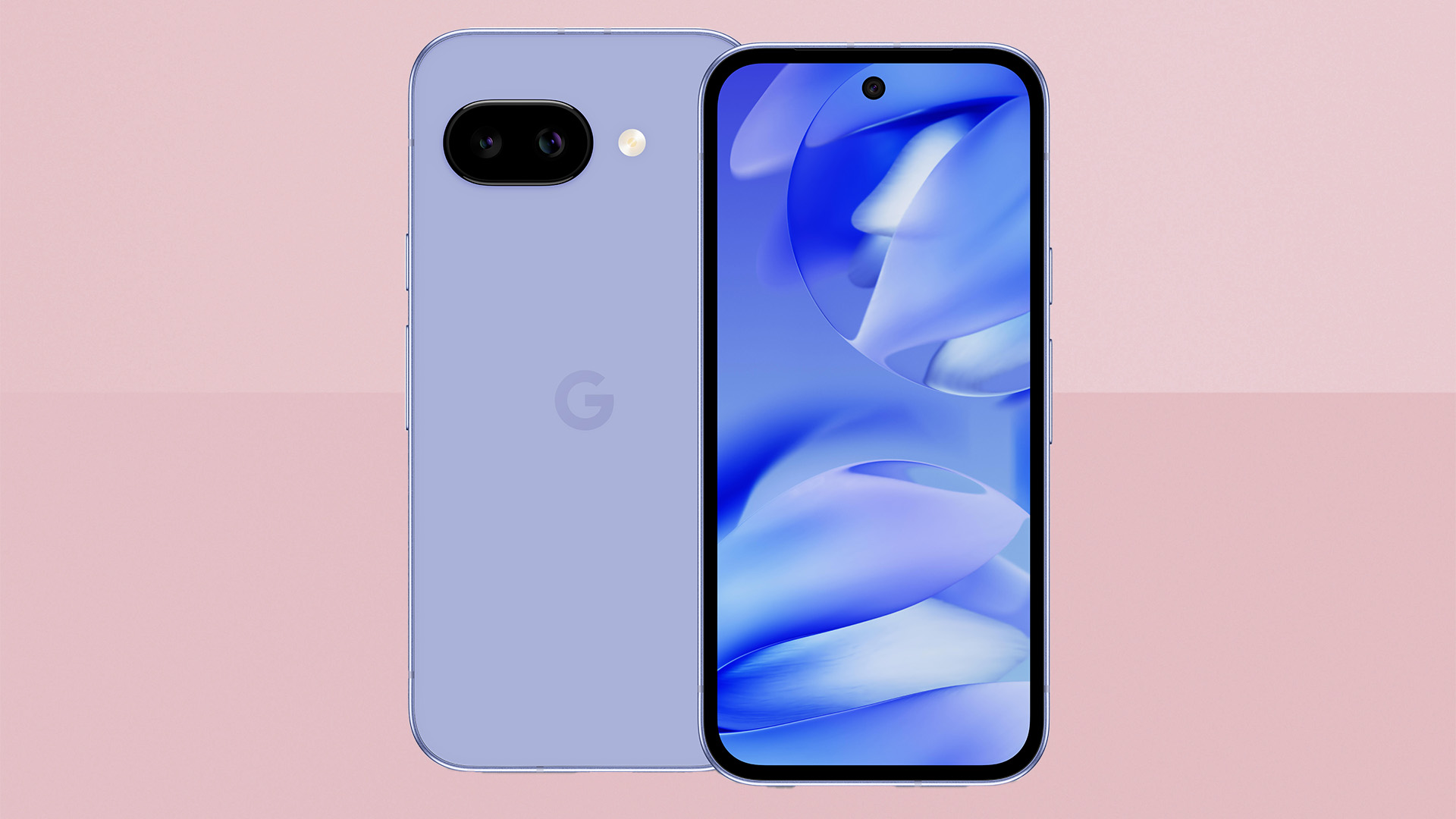 Google Pixel 9a delayed, but for good reason
Google Pixel 9a delayed, but for good reasonGoogle’s latest affordable phone has been announced, but you can’t actually buy it yet
By Chris Hall
